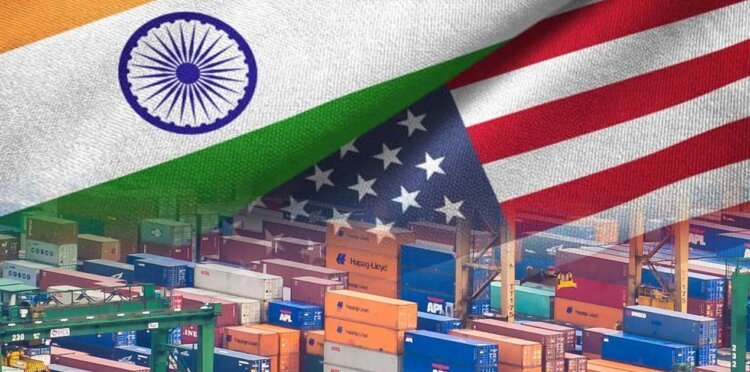India’s hopes for a major trade breakthrough with the United States crumbled after five intense rounds of negotiations failed to produce an agreement. The result: a surprise 25% tariff on Indian exports announced by President Trump, and rising diplomatic pressure over Russian oil imports.
Initially, Indian officials were so confident of a deal that they privately suggested tariffs would be capped at 15%, and expected Trump to unveil the pact ahead of the August 1 deadline. Instead, the White House turned its attention to Japan, the EU, and Pakistan, securing better terms elsewhere.
Sources close to the talks blame the collapse on a mix of overconfidence, miscommunication, and strategic missteps. Despite technical agreements on key issues—such as India offering zero tariffs on 40% of US exports and concessions on cars, alcohol, and defence imports—the two sides drifted apart on agriculture and dairy, where India remained firm.
The White House, however, wanted a bigger headline deal, with broader market access and major purchases. South Korea met those expectations and secured a 15% tariff rate by offering a massive $350 billion investment package and food import flexibility.
Indian Prime Minister Narendra Modi, despite earlier support for a deal during his February Washington visit, never made a direct call to Trump—a missing link that, some say, could have sealed the agreement. Tensions also rose after Trump’s controversial remarks about mediating in Kashmir, which rattled Indian officials and made final negotiations politically risky.
An Indian official admitted the government failed to secure the same diplomatic leverage used by other US allies. “We’re now facing a crisis that stronger coordination could’ve prevented,” he said.
On Tuesday, Trump escalated the rhetoric, threatening to raise India tariffs beyond 25% within 24 hours and accusing New Delhi of “funding the war in Ukraine” through Russian oil deals.
What’s Next?
Despite the breakdown, hope remains. A US delegation will visit Delhi this month, and Indian officials are exploring limited compromises in the farm and dairy sectors, alongside potential shifts in oil sourcing—provided the US matches prices.
“Direct leadership contact may be the key to unlock the impasse,” said former USTR official Mark Linscott. “A single phone call can change the course. The deal isn’t dead—just delayed.”



